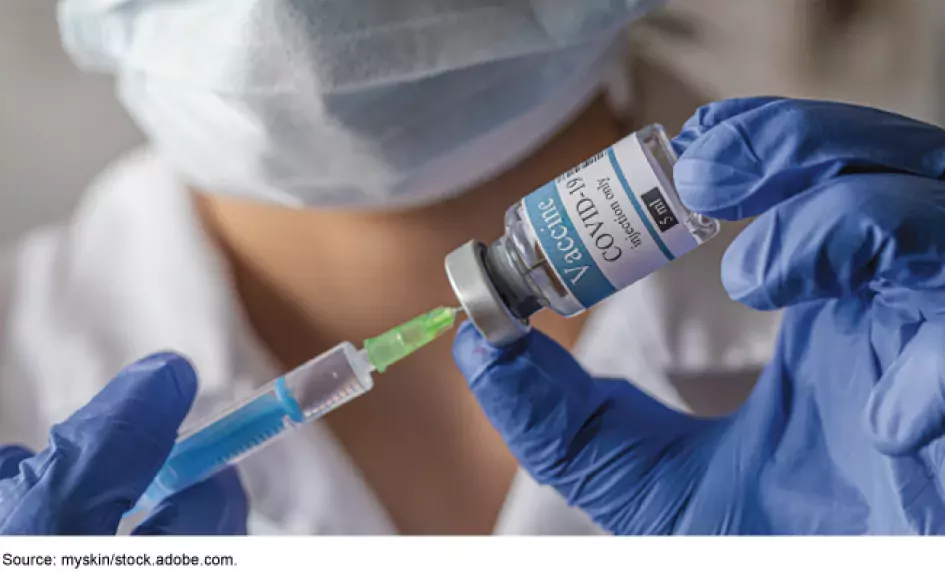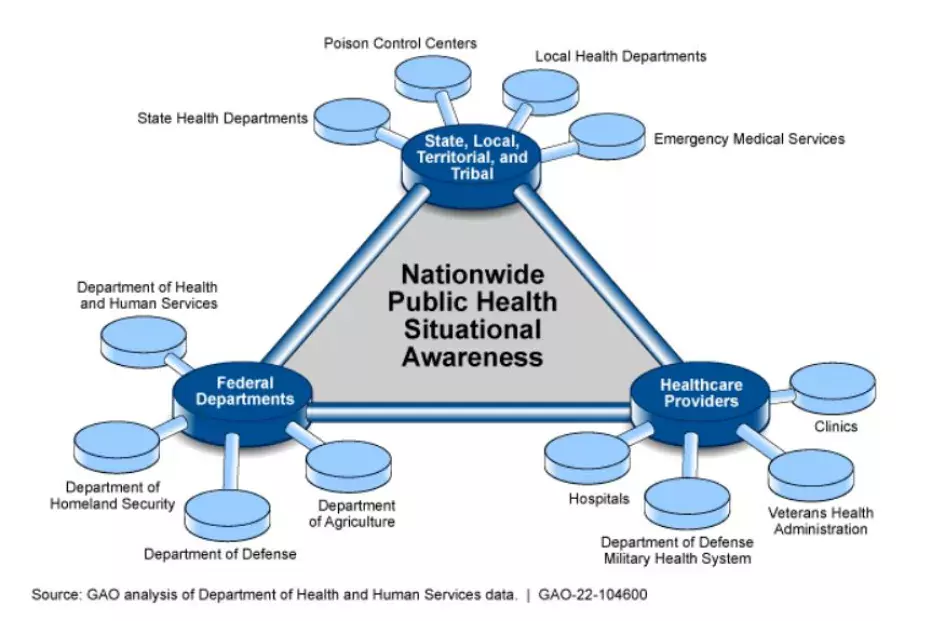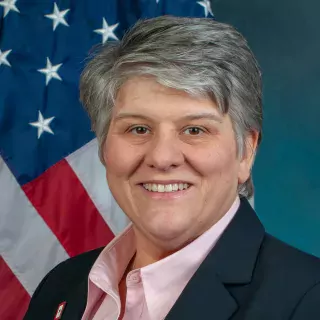What About the Next Pandemic? How Can the Federal Government Better Prevent and Plan For the Next Public Health Emergency?
We have made about 400 recommendations to improve the government’s response for future public health emergencies. Congress and agencies have taken actions on about 45% of these recommendations.
Today’s WatchBlog post looks at our new report released today on five key areas where more action is still needed:
- Public health preparedness
- Improper payments and fraud
- Vulnerable populations
- Distribution of federal COVID-19 funding
- COVID-19 and the economy
Image

Public health preparedness
Public health preparedness and response includes ensuring access to real-time information about emerging threats and access to diagnostic testing and medical countermeasures—such as drugs, vaccines, and supplies. We’ve found deficiencies in the Department of Health and Human Services’ (HHS) ability to lead federal preparedness and response efforts. For example, HHS has made minimal progress in establishing a public health situational awareness and biosurveillance network—which it was required to do 16 years ago. The network could provide vital real-time information on the spread of viruses and help direct critical resources where needed.
We made 12 recommendations, including that HHS commit to a deadline for finalizing the work plan and incorporate lessons learned from the COVID-19 pandemic into plans for implementing the network. As of April, all of the recommendations remained open.
Types of Entities that Should Share Information to Support Nationwide Public Health Situational Awareness
Image

Payment errors and fraud in COVID-19 emergency assistance
Payment errors (also known as “improper payments”) are a long-standing issue for the federal government. As federal agencies sought to expedite payments to individuals and businesses affected by the pandemic, they used some processes that can increase fraud risk. For example, during our review of the Small Business Administration’s (SBA) oversight of the Restaurant Revitalization Fund, we found weaknesses in SBA’s design and use of pre-award controls. SBA worked with restaurant industry partners to help process applications and considered such applications low-risk. But more than 4,000 recipients who applied this way were later flagged for suspected fraud or ineligibility.
We made seven recommendations to SBA, including that it should assess and improve its pre-award controls, and take additional steps to identify fraudulent or ineligible awards. Doing so would better position SBA to manage the program if Congress decided to use it or a similar one in the future. As of April 2023, all of these recommendations remained open.
Federal Agencies Need to Improve Fraud Risk Management Efforts in Five Areas
Image

Vulnerable populations
Certain vulnerable populations have been disproportionately affected by the COVID-19 pandemic. These populations include people of certain racial and ethnic groups, nursing home residents, children, those who are pregnant, those with low incomes, and those with limited English proficiency. Federal agencies, including HHS, have taken steps in response. For example, starting in 2020, HHS began requiring nursing homes to routinely test staff for COVID-19. But more action is needed to address disparities in health outcomes. For example, existing disparities in maternal health outcomes got worse during the pandemic. COVID-19 contributed to 25% of maternal deaths in 2020 and 2021. The maternal death rates for Black and African-American women was disproportionally higher compared to White and Hispanic or Latina women.
As the nation continues to recover from the pandemic, federal agencies should continue to focus on efforts to address the challenges these populations face, including reducing disparities that the pandemic exacerbated.
Delays in distribution of federal COVID-19 funding
While funding was available to help those affected by COVID-19, there were challenges in quickly getting this funding to those who needed it. This was even more difficult for new programs and existing programs that had to be scaled up to meet public need. For example, in June 2022, we reported on the challenges that slowed the distribution of Pandemic Unemployment Assistance, which temporarily expanded unemployment benefits during COVID-19. State officials saw a surge in demand for these funds, but weren’t staffed to manage this increase. As a result, there were delays in issuing payments.
We recommended that the Department of Labor advise Congress and other policymakers on future options to support unemployed workers and examine the extent and cause of delays some saw in receiving assistance. As of April, our recommendations remained open.
COVID-19 and the economy
The pandemic caused historic levels of job loss and economic contraction. As a result, during the first months of the pandemic, multiple agencies provided direct support to help alleviate the financial hardships facing individuals and businesses, such as through Unemployment Insurance payments to individuals and Paycheck Protection Program loans to businesses. The Federal Reserve also initiated several emergency lending programs to support the flow of credit to various parts of the economy. The economy has recovered substantially since the pandemic began, but there are still some lingering effects. For example, labor market disruptions continue to affect some industries. We made some recommendations to improve programs that continue to support recovering sectors.
May 11 marked the official end of the COVID-19 Public Health Emergency. The federal government played a critical role in responding to the pandemic during the last 3 years. Federal funds of up to $4.7 trillion covered essential health care resources—such as 700 million vaccine doses—and emergency assistance for businesses, workers, and homeowners facing economic strain. But there were important lessons learned throughout the process in preparing for and responding to emergencies.
Read our full report to learn more about our work on the federal response to COVID-19 and actions that are needed to improve this response and prepare for future emergencies.
- Comments on GAO’s WatchBlog? Contact blog@gao.gov.






